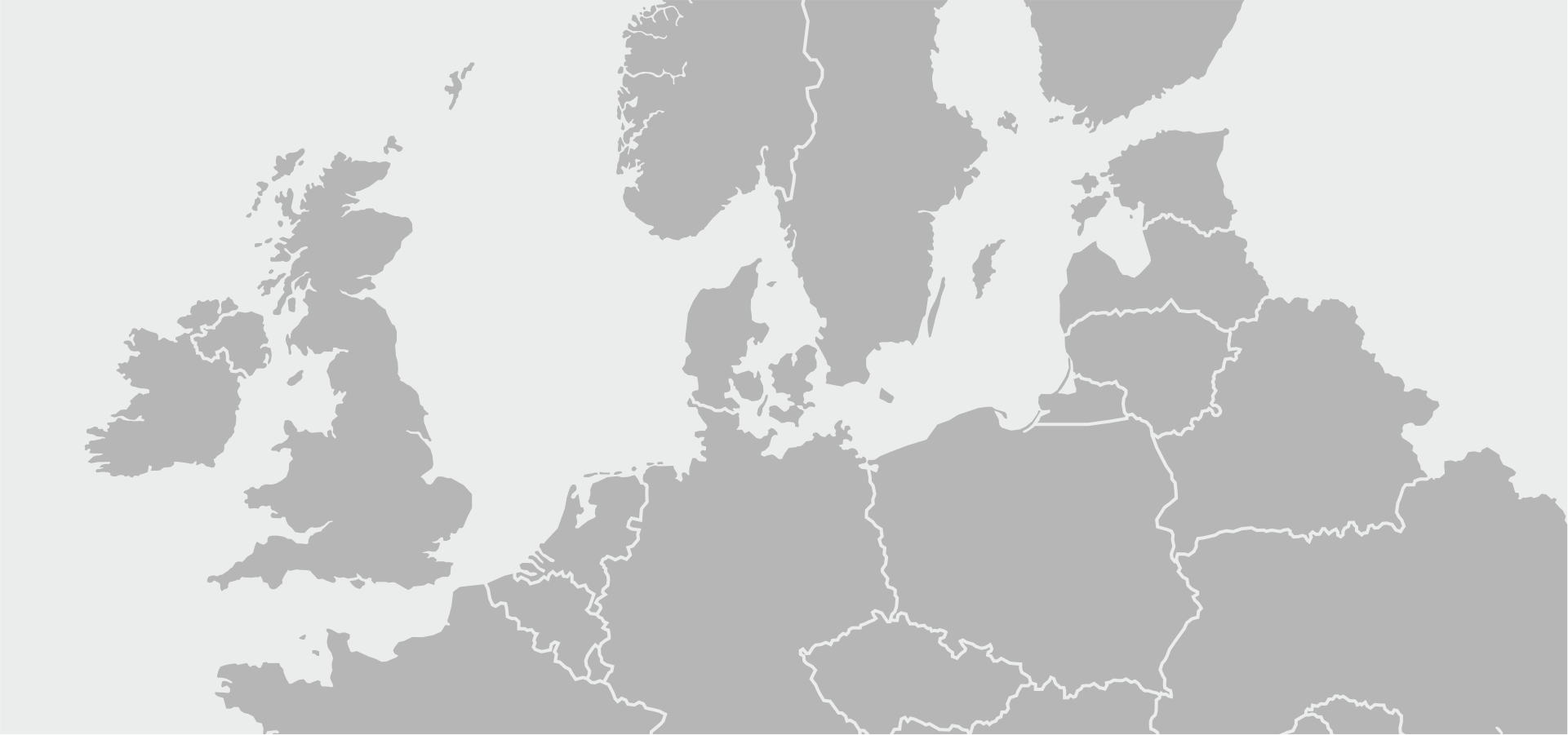In the ship chandling industry, precision in orders is crucial — even a small mistake can cause delays, extra costs, or disrupt onboard operations. Below are the five most common mistakes made when placing ship supply orders, along with proven ways to avoid them.
Spis treści
- Incomplete Documentation and Vague Specifications
- Incorrect Quantity Planning – Overstocking or Shortages
- Ignoring Product Availability and Delivery Times
- Not Adapting to the Specific Vessel Type
- Lack of Ongoing Communication with the Supplier
- Summary
- Trust the Professionals – Baltona Shipchandlers
Incomplete Documentation and Vague Specifications
One of the most frequent issues is placing an order without full documentation — missing product codes, detailed descriptions, quality standards, or required certificates. This lack of clarity often leads to incorrect deliveries or the approval of unsuitable products.
How to avoid it?
- Always provide exact specifications: brand, type, size, product code, quality standards, preferred delivery date.
- Confirm the order with your supplier before finalizing — via email confirmation or your ERP system.
Incorrect Quantity Planning – Overstocking or Shortages
Both over-ordering and under-ordering can be problematic. Excess stock means unnecessary storage costs and the risk of spoilage, while shortages can delay voyages and reduce crew satisfaction.
How to avoid it?
- Use demand calculators and historical consumption data to determine accurate quantities.
- Differentiate between planned usage and reserve quantities for the voyage.
Ignoring Product Availability and Delivery Times
Some items — cleaning agents, specialized chemicals, or duty-free products — require early ordering or special transport arrangements. Failing to secure them in advance may delay bunkering, deck cleaning, or technical maintenance work.
How to avoid it?
- Plan orders with lead times and product availability in mind.
- Work closely with your supplier to get ETA (Estimated Time of Arrival) and delivery schedule updates.
Not Adapting to the Specific Vessel Type
Different vessels have different needs — cargo ships require different supplies than passenger vessels, and offshore units have yet another set of requirements. A “one-size-fits-all” order often fails to meet the ship’s operational needs.
How to avoid it?
- Maintain a “vessel type” requirements catalog.
- Customize each order based on the vessel type, onboard facilities, and operational standards.
Lack of Ongoing Communication with the Supplier
Sometimes, once an order is placed — especially via email — the communication stops. Without regular follow-up, you risk delays or incomplete deliveries.
How to avoid it?
- Implement an order confirmation procedure — via phone, email, or a B2B platform.
- Assign a dedicated contact person to liaise with the ship chandler and report on delivery status.
Summary
Avoiding these five mistakes — incomplete specifications, poor quantity planning, ignoring product lead times, not tailoring to the vessel type, and lack of communication — will help you optimize your ship chandling logistics, reduce costs, and improve crew satisfaction.
Trust the Professionals – Baltona Shipchandlers
At Baltona Shipchandlers, we focus on precise execution and close cooperation with our clients. Every order is tailored in detail — from product specifications and quantities to delivery schedules.
Contact us today, and our team will prepare a custom offer suited to your vessel type, operational needs, and voyage schedule.
Visit Baltona Shipchandlers to learn more.
Fill in the form and we will contact you very soon!

Do jakich portów pływamy
Polska
- Świnoujście
- Police
- Szczecin
- Kołobrzeg
- Darłowo
- Ustka
- Gdynia
- Gdańsk
Niemcy
- Hamburg
- Brake
- Stralsund
- Rostock
- Wismar
- Lubeck
- Brusbuttel
- Bremenhaven
- Bremen
Belgia
- Antwerpia
- Ghent
Holandia
- Rotterdam
- Amsterdam
- Ijmuiden
Dania
- Aarhus
- Kalundborg
Szwecja
- Uddevalla
Francja
- Rouen
Estonia
- Tallin
Łotwa
- Ryga
Litwa
- Kłajpeda
Finlandia
- Pori
Which ports we sail to
Poland
- Świnoujście
- Police
- Szczecin
- Kołobrzeg
- Darłowo
- Ustka
- Gdynia
- Gdańsk
Germany
- Hamburg
- Brake
- Stralsund
- Rostock
- Wismar
- Lubeck
- Brusbuttel
- Bremenhaven
- Bremen
Belgium
- Antwerpia
- Ghent
Netherlands
- Rotterdam
- Amsterdam
- Ijmuiden
Denmark
- Aarhus
- Kalundborg
Sweden
- Uddevalla
France
- Rouen
Estonia
- Tallin
Latvia
- Ryga
Lithuania
- Kłajpeda
Finland
- Pori
Welche Häfen wir anlaufen
Polen
- Świnoujście
- Police
- Szczecin
- Kołobrzeg
- Darłowo
- Ustka
- Gdynia
- Gdańsk
Deutschland
- Hamburg
- Brake
- Stralsund
- Rostock
- Wismar
- Lubeck
- Brusbuttel
- Bremenhaven
- Bremen
Belgien
- Antwerpia
- Ghent
Niederlande
- Rotterdam
- Amsterdam
- Ijmuiden
Dänemark
- Aarhus
- Kalundborg
Schweden
- Uddevalla
Frankreich
- Rouen
Estland
- Tallin
Lettland
- Ryga
Litauen
- Kłajpeda
Finnland
- Pori